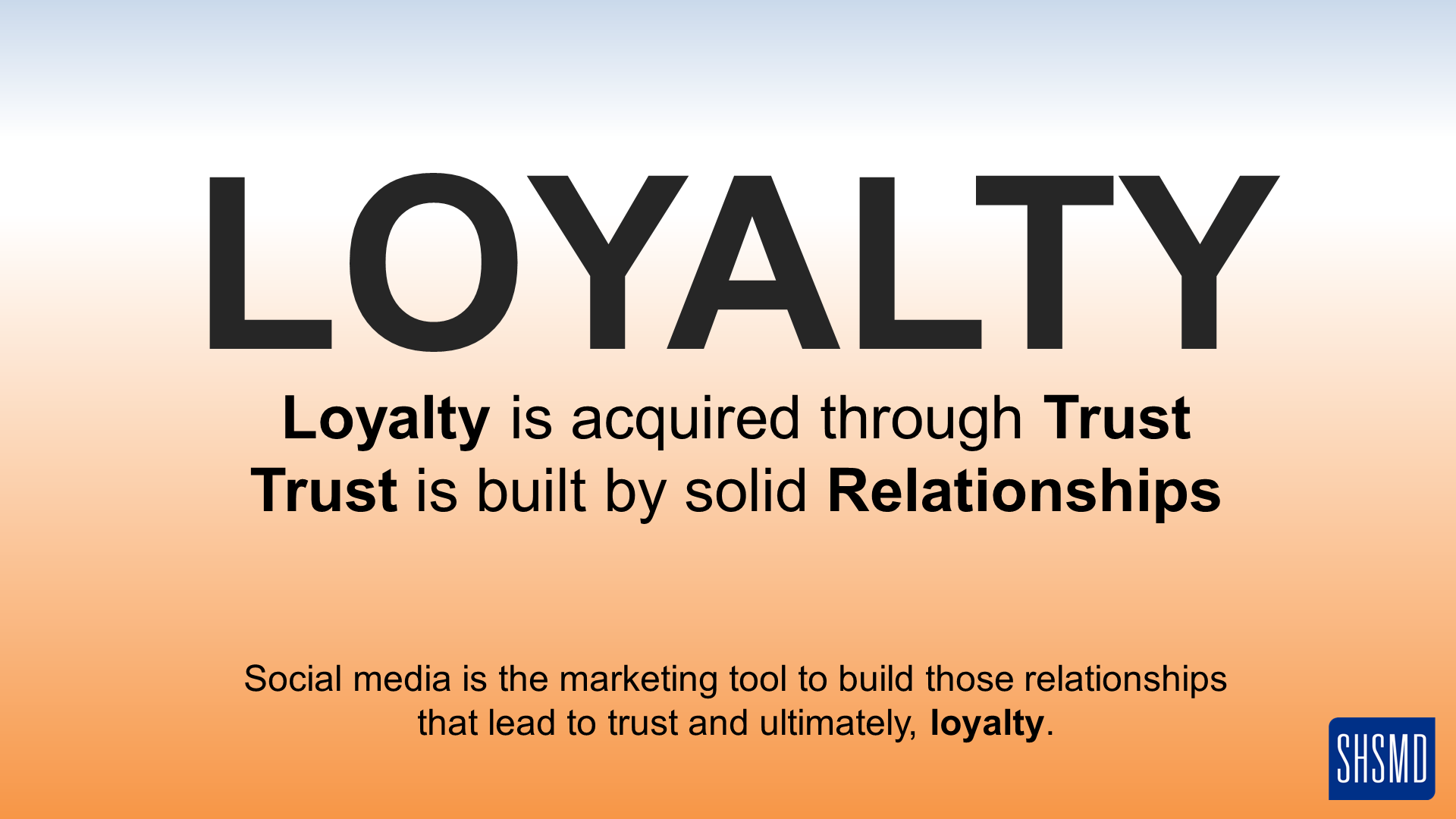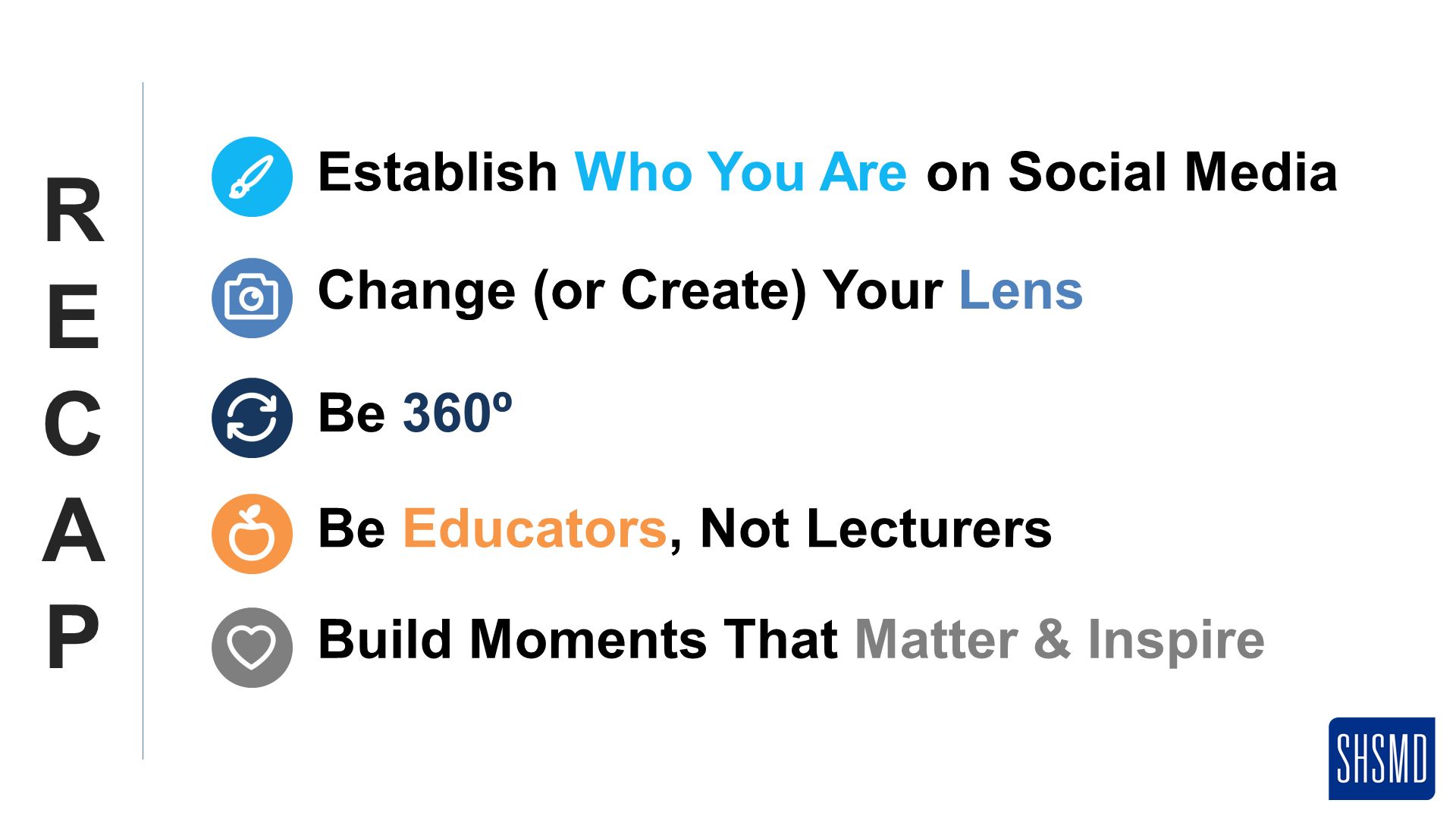SOCIAL MEDIA
Humanizing Social Media for Connections That Matter
Social media can be powerful, but don’t lecture and don’t be intimidated by the platform.
Social media platforms have evolved beyond reuniting high school classmates to connecting people with communities, businesses and organizations. As such, they present a tremendous opportunity to build meaningful relationships between health care systems and the people they serve. However, leveraging the true power of social media requires thought, consideration and most importantly, humanity.
At the beginning of the pandemic, as people were increasingly driven to online platforms in search of information and guidance, some of the more positive aspects of social media began to fray. Vanessa Ames, chief creative and strategy officer at DECODE Advertising, sees this erosion as a result of brands using those platforms to sell themselves rather than promote the well-being and meet the emotional needs of their intended audience.
“I call it a walking promotional ad, using social media to sell ourselves in a flattering light rather than being real and seeing it as a resource people can turn to for support and connection with the health care system as a whole,” she said.
Incorporating the human touch in social media is well worth the effort, she said. “Humanizing your social media strategy is a platform for building relationships — relationships that lead to loyalty that lead to retention that lead to results.”

Where We Went Wrong
The mistakes that brands have made largely boiled down to inauthenticity —overuse of highly filtered images and stock photos, the façade of perfection— and inconsistency: being inconsistent with your message and with interactions, Ames explained.
“The biggest mistake a lot of health care systems make, especially smaller ones, is not valuing social media as an avenue. They might post every other week, or do a whole bunch of posts at once and then fall silent for a month.”
The greater damage occurs when systems fail to respond to or follow up with user interactions. “If your audience is reaching out to you, interacting with your posts, and making comments and asking questions and you don’t follow up with them, you come off like a robot and even worse, lose them.”
Many brands also tend to use stale, stock and predictable responses. Again, these actions lead to a missed opportunity to personalize a user’s online experience and assure them that they are being heard.
Crafting Content for Humans
How can you set your social media strategy on the right track and stay there? One of the first steps is to establish who you want to be in that space by identifying three to five pillars through which to filter your content.
“For a brand, one pillar could be ‘about my community,’ and a second could be ‘about our foundation.’ Pillars are like the bumper lanes in bowling — they help you stay on message and on target. If something doesn’t fit within your pillars, it might not be right for your social media,” Ames said.
While crafting content, keep in mind you can engage your audience by paying attention to what’s going on in the moment: the news, your community and the questions people are trying to have answered.
“A lot of people are intimidated by social media because they don’t know where that content comes from,” said Suzanna Smentowski, Marketing and Digital Content Writer at Henry Ford Health System, in Detroit. “But it’s all around you — those quick wins that will help you create content. For example, we have holidays coming up — it could be as simple as a Thanksgiving post.”
In addition, people respond to real stories and they like to share their own. These stories are everywhere, and are an example of user-generated content that serves the dual purpose of authenticating your platform with content that people want and relieving some of the burden on your own resources.
“User-generated content is golden, and it doesn’t get used often enough in health care,” Ames said. Some resources for these stories are the heads of public and human relations, who are very tuned in to the internal stories of their organizations. “Also, a lot of hospitals have staff Facebook groups where they share the stories they’re telling. You’d be surprised how much people like to talk about the job they love in health care.”
Recognizing the importance of “value exchange information” — something your audience may find useful immediately or long-term — is another facet of successful social media use. Some examples of value exchange information are guidance on how to lead a healthy lifestyle or quick recipes for in-season produce.
Next, distinguish between educating and lecturing, and aim to achieve the former. “There are so many ways to do this across all social channels,” Smentowski said.
“You can easily post polls and quizzes on Twitter. If your audience gets an answer wrong, they can learn the correct answer through that quiz and now they have information they didn’t have before. By engaging people in that way, we’re able to not talk at them but to teach them. This is how people learn.”
Keeping the Audience Engaged
 One of the most important aspects of social media utilization that is often neglected or overlooked is what Ames calls being 360: establishing a documented reputation management strategy for handling everything from day-to-day comments to a full-blown crisis.
One of the most important aspects of social media utilization that is often neglected or overlooked is what Ames calls being 360: establishing a documented reputation management strategy for handling everything from day-to-day comments to a full-blown crisis.
“For example, there are the steps you’ll take to have a response message if your hospital is in the news,” Ames said. “Everything is planned ahead of time so that you’re not trying to figure out what to do at the last minute. This also shows the community that you’re in tune and following up with them.”
To identify the content that keeps your audience coming back, Smentowski strongly advises making the most of the services that social media platforms provide. “Across all social media channels, you can see how many people engage with your posts. Paying attention to what does well will help you create the sort of content that will engage your audience in a better way.
Finally, accept that a certain amount of trial and error is part and parcel of a successful social media package. Fortunately, the relatively short half-life of social media posts means the duds will expire quickly.
“Maybe you have an idea that’s a little outside of the box — it doesn’t hurt to try it,” Smentowski said. “Social media is so fast-paced that if your content doesn’t do well, you can just try again.”
Learning More
- To learn more about how healthcare brands can better humanize the social media experience, Ames and Smentowski presented at the in person SHSMD annual conference on September 21. The recording of their in person session, “Humanizing Social Media for Meaningful Connections That Matter,” is available to all registered attendees of the annual conference.
- To listen to an in-depth conversation on this topic via SHSMD Rapid Insights Podcast with Vanessa Ames and Suzanna Smentowski, click here.
- To read the SHSMD blog on this topic, “Humanizing Social Media for Meaningful Connections that Matter” click here.
- If you did not register to attend SHSMD Connections, check back here to purchase on-demand conference recordings.
This article features interviews with:
Vanessa Ames
Chief Creative and Strategy Officer
DECODE Advertising
Houston, Texas
Suzanna Smentowski
Marketing and Digital Content Writer
Henry Ford Health System
Detroit, Michigan


